
3 days ago •
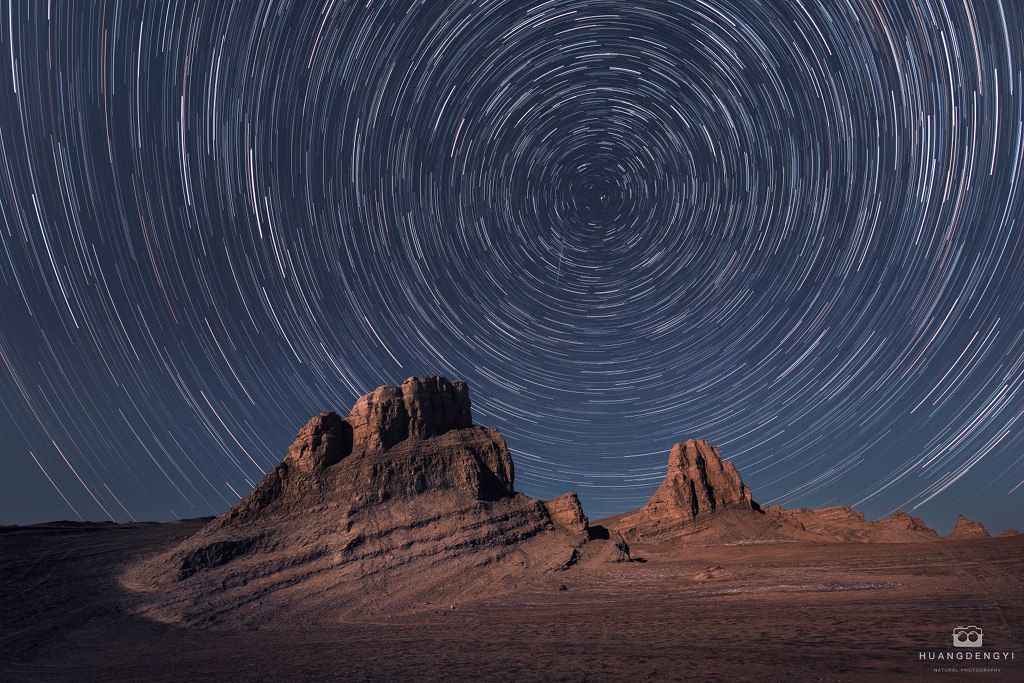
Star Trails for a Red Planet
Does Mars have a north star? In long exposures of Earth's night sky, star trails make concentric arcs around the north celestial pole, the direction of our fair planet's axis of rotation. Bright star Polaris is presently the Earth's North Star, close on the sky to Earth's north celestial pole. But long exposures on Mars show star trails too, concentric arcs about a celestial pole determined by Mars' axis of rotation. Tilted like planet Earth's, the martian axis of rotation points in a different direction in space though. It points to a place on the sky between stars in Cygnus and Cepheus with no bright star comparable to Earth's north star Polaris nearby. So even though this ruddy, weathered landscape is remarkably reminiscent of terrain in images from the martian surface, the view must be from planet Earth, with north star Polaris near the center of concentric star trails. The landforms in the foreground are found in Qinghai Province in northwestern China.
Related content
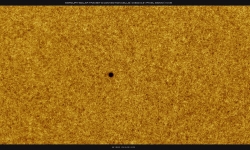
Mercury in Silhouette The small, dark, round spot in this solar close up is planet Mercury. In the high resolution telescopic image, a colorized stac...
3 days ago
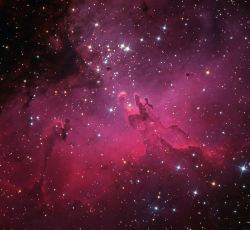
M16 and the Eagle Nebula A star cluster around 2 million years young surrounded by natal clouds of dust and glowing gas, M16 is also known as The Eag...
3 days ago
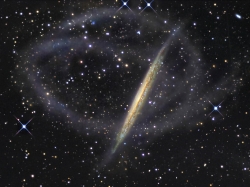
The Star Streams of NGC 5907 Grand tidal streams of stars seem to surround galaxy NGC 5907. The arcing structures form tenuous loops extending more t...
3 days ago
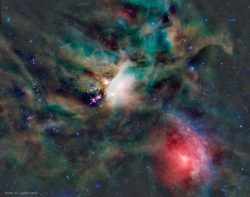
Young Stars in the Rho Ophiuchi Cloud How do stars form? To help find out, astronomers created this tantalizing false-color composition of dust clou...
3 days ago
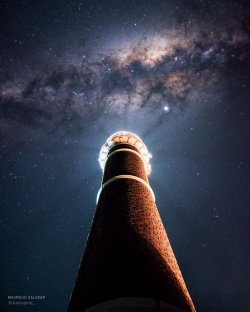
Milky Way over Uruguayan Lighthouse Can a lighthouse illuminate a galaxy? No, but in the featured image, gaps in light emanating from the Jose Ignac...
3 days ago